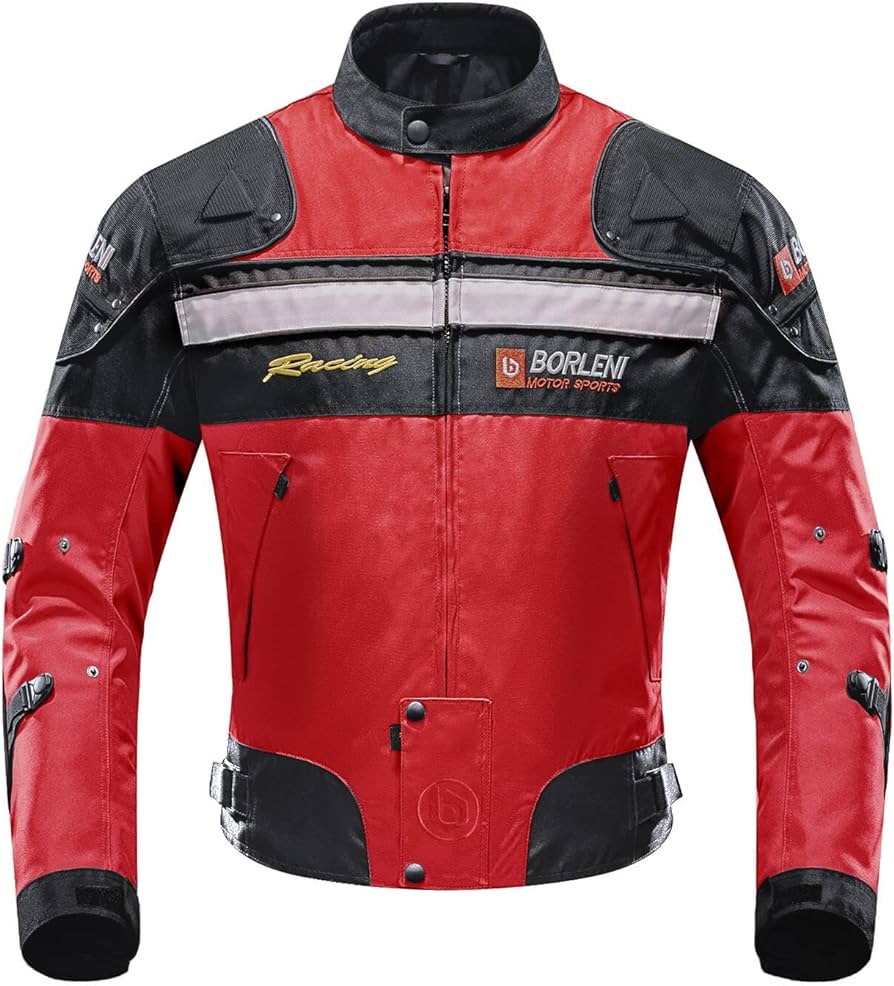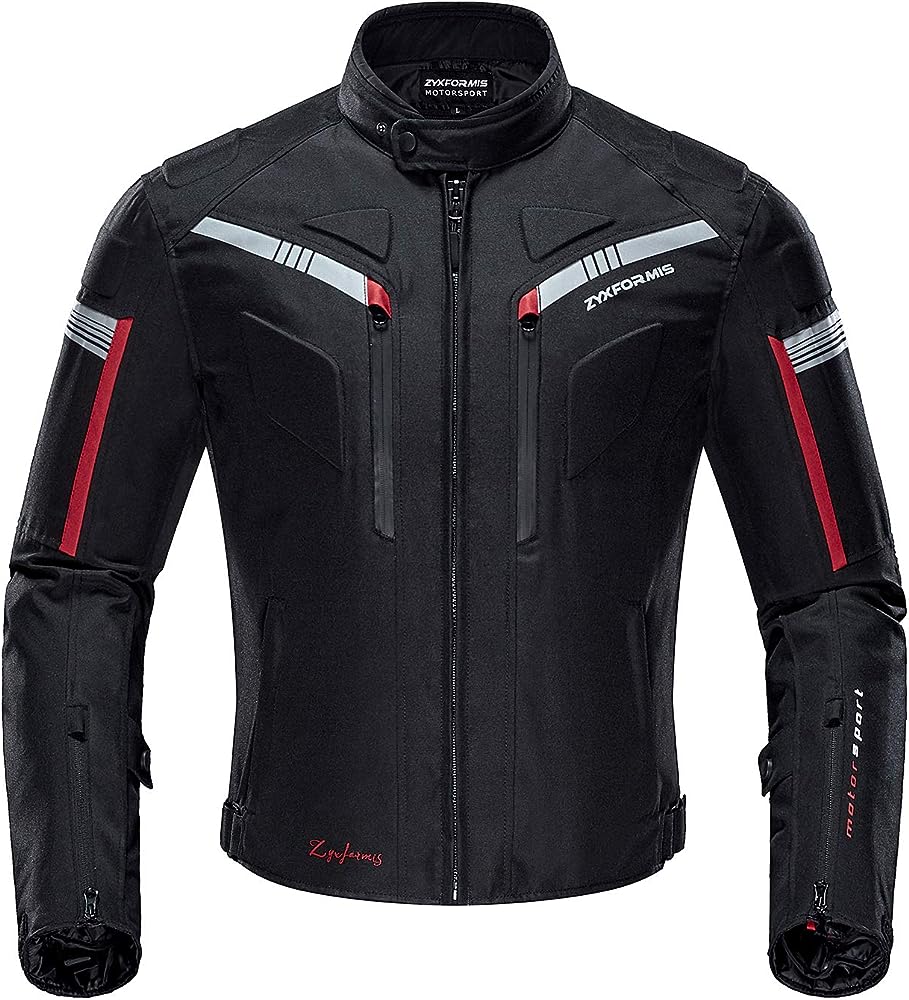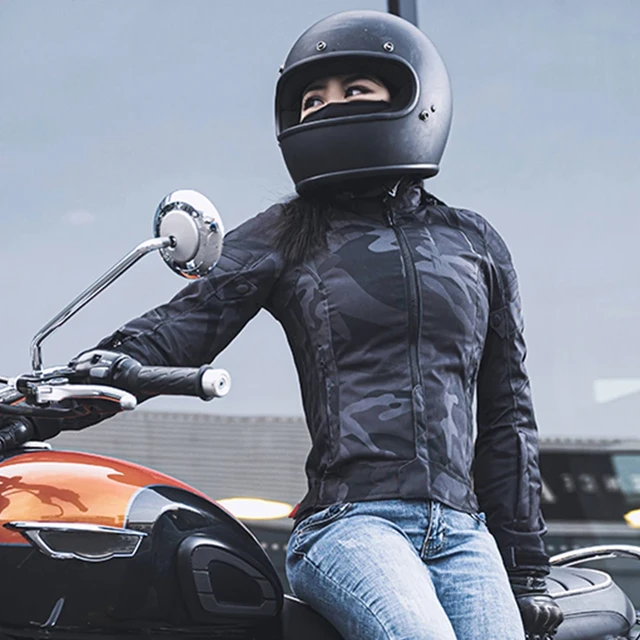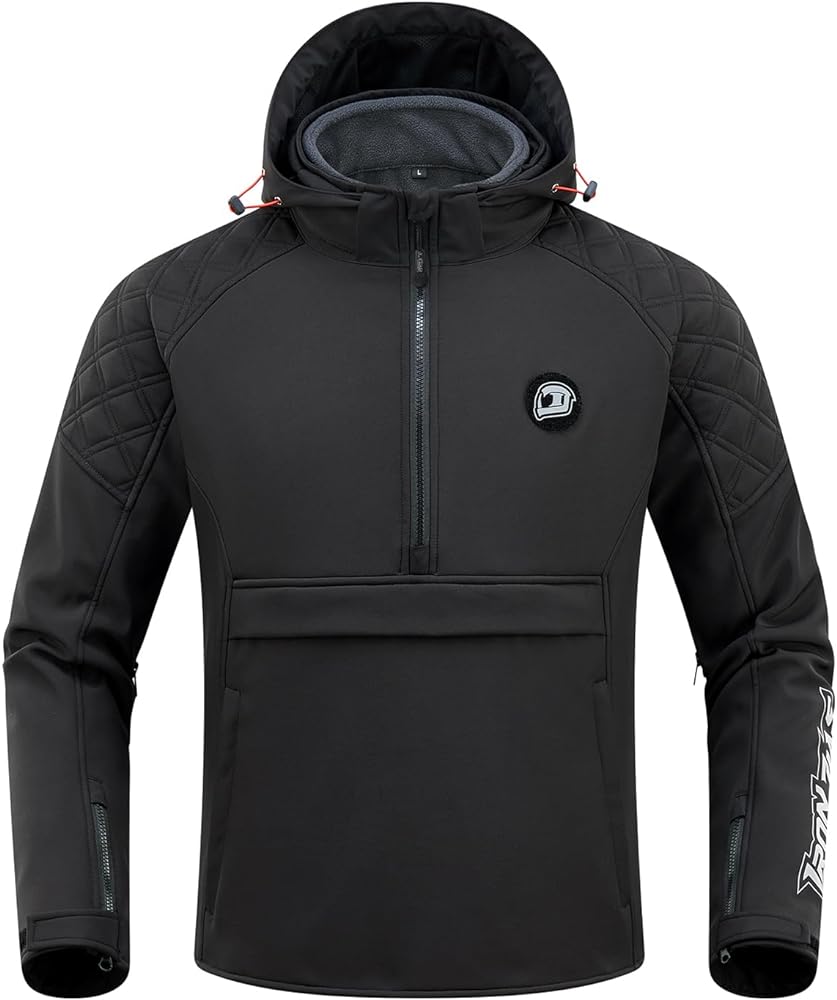Introduction: Riding Comfortably and Safely in Cold Conditions
Riding a motorcycle in cold weather can be a thrilling experience, but it also poses unique challenges. It’s essential to have the right cold weather gear to protect yourself from the elements and ensure a comfortable and safe ride. In this comprehensive guide, we will explore a range of essential motorcycle cold weather gear. From insulating layers and windproof jackets to heated accessories and winter-specific boots, you’ll find everything you need to conquer the cold and keep riding through the winter months.

Conquering the Cold: Essential Motorcycle Cold Weather Gear
-
Base Layers: The Foundation of Cold Weather Riding
a. Moisture-wicking properties: Base layers made from moisture-wicking materials like merino wool or synthetic blends are crucial for cold weather riding. These fabrics move sweat away from your body, keeping you dry and preventing moisture from cooling your skin.
b. Thermal insulation: Look for base layers that provide excellent thermal insulation to retain body heat. Materials such as fleece or thermal knits provide warmth while remaining breathable, ensuring optimal comfort during rides.
c. Seamless construction: Base layers with seamless construction reduce friction against your skin, preventing discomfort and chafing. This feature is particularly important for long rides where staying comfortable is essential.
d. Compression benefits: Some base layers offer compression properties that enhance blood circulation, reduce muscle fatigue, and aid in regulating body temperature. Compression base layers provide added support and comfort during cold weather rides.

-
Insulating Mid-Layers: Layers of Warmth
a. Fleece jackets: Fleece jackets provide lightweight insulation and excellent warmth-to-weight ratio. Look for options with moisture-wicking properties and breathability to ensure optimal comfort and temperature regulation.
b. Down jackets: Down jackets are highly effective in trapping body heat, providing exceptional warmth in cold conditions. Look for jackets made with ethically sourced down and treated with water-resistant coatings to keep you dry in case of light rain or snow.
c. Insulated vests: Insulated vests are versatile mid-layers that offer core warmth while allowing freedom of movement for your arms. Look for vests with lightweight insulation and compatible features like a zip-in system or compatibility with outer shell jackets.
d. Softshell jackets: Softshell jackets are ideal for cold weather riding as they provide a combination of insulation, windproofing, and water resistance. Look for softshell jackets with thermal linings and features like adjustable hoods and cuffs for customizable comfort.
-
Windproof and Waterproof Outer Layers: Shielding Against the Elements
a. Windproof jackets: Windproof jackets are essential for riding in cold weather, as wind chill can significantly lower perceived temperatures. Look for jackets with windproof membranes, adjustable features, and strategic ventilation points to balance wind resistance with breathability.
b. Waterproof jackets: Riding in cold weather often means encountering rain or snow. Waterproof jackets with sealed seams and waterproof membranes keep you dry, ensuring comfort throughout your ride. Look for jackets with adjustable hoods, cuffs, and hemlines to customize the fit.
c. Overpants: Overpants provide an extra layer of protection for your lower body against wind and rain. Look for overpants with windproof and waterproof features, adjustable waistbands, and compatibility with various base layers for added insulation.
d. Neck gaiters and balaclavas: Cold winds can be especially harsh on your face and neck. Neck gaiters and balaclavas made from insulating materials like fleece or merino wool provide essential warmth and protection.

-
Heated Accessories: Adding Warmth to Your Ride
a. Heated gloves: Heated gloves provide direct warmth to your hands, which are particularly vulnerable to cold temperatures. Look for options with heating elements in the fingers and back of the hand, adjustable heat settings, and compatibility with touchscreen devices.
b. Heated vests or jackets: Heated vests or jackets offer additional warmth throughout your body. Look for options with heating elements strategically placed on the chest and back, multiple heat settings, and compatibility with power sources on your motorcycle.
c. Heated grips: Heated grips keep your hands warm by radiating heat through the handlebars. Look for grips designed specifically for motorcycles, with multiple heat settings and compatibility with your motorcycle’s electrical system.
d. Heated socks: Heated socks provide warmth to your feet, keeping them comfortable during cold weather rides. Look for options with heating elements around the toe and foot areas, adjustable heat settings, and compatibility with various footwear.
-
Winter-Specific Boots: Ensuring Warmth and Traction
a. Insulated construction: Winter-specific motorcycle boots feature insulation to keep your feet warm. Look for boots with Thinsulate or other thermal linings, ensuring the retention of body heat and protection against cold conditions.
b. Waterproof and windproof properties: Riding in cold weather often means encountering rain, snow, or wind. Look for waterproof and windproof boots with sealed seams and adjustable closures to keep your feet dry and shielded from the elements.
c. Enhanced traction features: Winter-specific boots should have outsoles that provide excellent traction on wet or icy surfaces. Look for boots with deep lugs and anti-slip properties to ensure stability and prevent slips and falls during your ride.
d. Breathability and moisture management: While insulation is important, it’s also crucial for your boots to be breathable and capable of managing moisture. Look for boots with breathable membranes and moisture-wicking linings to keep your feet dry and comfortable throughout your ride.

-
Neck Warmers and Face Masks: Protecting Exposed Areas
a. Neck warmers: Neck warmers, also known as neck tubes or buffs, provide vital protection to your neck area from cold winds. Look for options made from insulating materials and fitted designs that can be easily pulled up to cover your nose and mouth if needed.
b. Face masks: Face masks, like balaclavas, protect your entire face from the cold. Look for masks made from materials that offer both warmth and breathability, ensuring that your breathing isn’t restricted while keeping your face comfortable and shielded from the elements.
c. Helmet liners: Some helmet liners are specifically designed for cold weather riding. These liners provide an additional layer of insulation and can cover your forehead, ears, and neck, effectively sealing any gaps between your head and helmet.
d. Fog-resistant visors and inserts: Cold weather riding often involves foggy conditions. Choose helmet visors with anti-fog coatings or consider installing anti-fog inserts to ensure optimal visibility and reduce the risk of accidents caused by impaired vision.

Conclusion: Riding Comfortably through the Cold
With the right cold weather gear, riders can confidently take on the challenges of riding in cold conditions while ensuring comfort and safety. Base layers, insulating mid-layers, windproof and waterproof outer layers, heated accessories, and winter-specific boots are essential elements of motorcycle cold weather gear.
Investing in high-quality gear that incorporates moisture-wicking properties, thermal insulation, windproofing, waterproofing, and heating elements ensures a comfortable and enjoyable ride even in freezing temperatures. With the proper cold weather gear, you can embrace the exhilaration of riding while staying warm, protected, and ready for adventure throughout the winter months.











